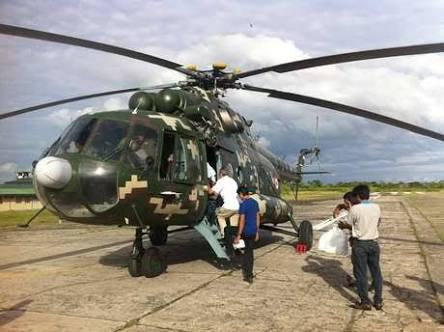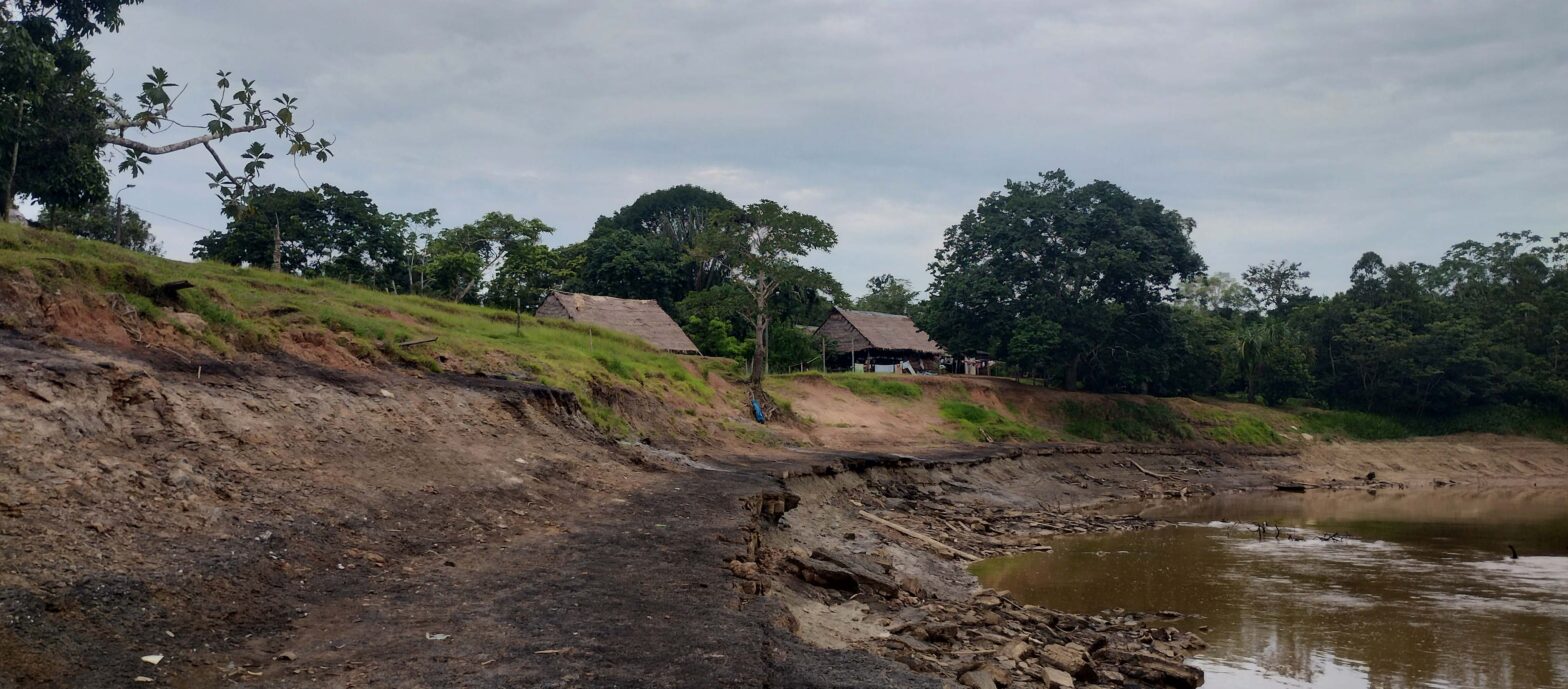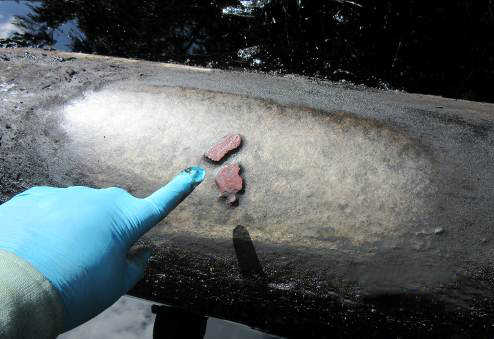A helicopter from Peru’s Air Force that was helping to monitor the area has been stopped and held by a group of locals. There were food and fresh water aboard, meant to be distributed among the people of Mayuriaga.
Among the hostages who are still waiting in Mayuriaga are three PetroPeru officers, four people from the government’s Agency of Environmental Assessment and Control (Organismo de Evaluación y Fiscalización Ambiental o OEFA), and a specialist that works with the Ministry of Energy and Mines.
The official complaint filed by the Wampis to OEFA last week asked the agency to sanction PetroPeru. It requested that OEFA closely monitor the situation, create a control and remediation plan, and make PetroPeru accountable to those who have been affected, by giving them food and fresh water.
In response, OEFA has said that the most recent oil spills weren’t isolated cases, since it has had to “attend to similar emergencies in the past, due to infrastructure failures along the oil pipeline.” The agency has documented 20 similar problems since April 2011, when it started monitoring Peru’s oil infrastructure.
Since the helicopter crew was taken hostage, it’s been said that the emergency decree which excluded the Wampis people of Mayuriaga will be updated to include them. Culture minister Patricia Balbuena said that a local government official had left Mayuriaga out of the list by mistake.
“It was an error that must be fixed as soon as possible,” said Balbuena.
Meanwhile, all eight hostages are expected to be freed this week. Other officials with OEFA have vowed to stay in the area to keep supervising contingency plans, and to make sure that PetroPeru will continue doing its remediation and maintenance work in the affected areas along the path of the oil pipeline.
– This report was originally published in Mongabay and is republished by an agreement to share content.





